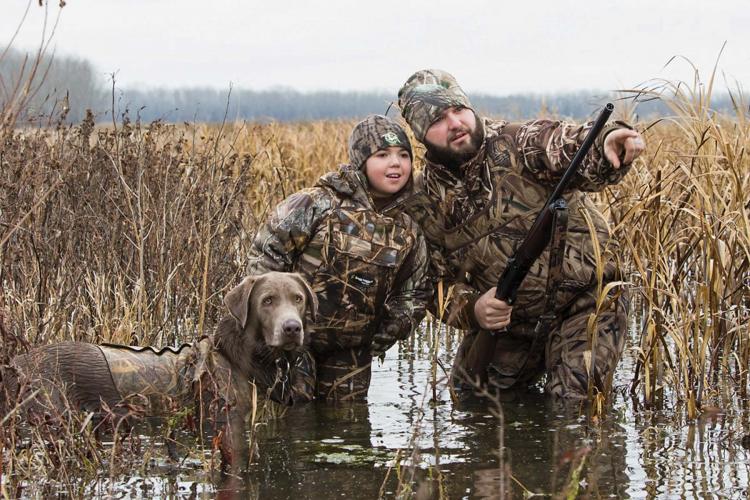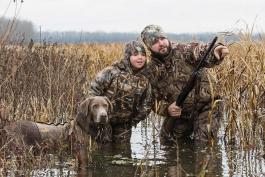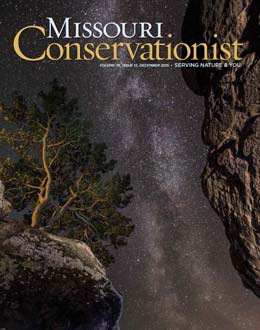Nodaway Valley Conservation Area
In 1991, the Department purchased 3,833 acres along the Nodaway River to restore a small portion of wetlands that once flourished in the floodplain. An additional 50 acres was added to the area in 2012 as a result of a donation by the estate of Kathleen Lance of Andrew County, bringing its total size to 3,883 acres.
A major wetland development project was completed on the area in 2002, thanks to contributions from public and private partners. This project included the construction of levees, water control structures, and two river pump stations. The improvements restored more than 2,000 acres of shallow wetland habitat in the Nodaway River floodplain.
A 4-mile stretch of the river flows through the area, providing habitat for both migratory and resident wildlife species. The area is managed primarily to provide floodplain and wetland habitat for a range of game and nongame wildlife, including waterfowl, migrating shorebirds, amphibians, reptiles, and many small game species. Area staff manipulates water levels in the wetland pools, providing habitat and food for migrating birds and other wildlife at different times of year. Other management practices include farming, controlled burning, and planting various bottomland hardwood tree species. A few hundred acres of restored prairie also exist on the area. These acres have been planted with native prairie plants and burned periodically to mimic historic processes.
Waterfowl hunting is one of the most popular activities on the area. Waterfowl hunters arrive each morning of the season well before sunrise to try their luck at a drawing for available hunting spots, which include eight to 10 “wade-and-shoot” opportunities and four duck blinds. The area also has an open hunting area where waterfowl hunters can hunt without attending the daily drawing and one ADA accessible blind available by reservation.
Waterfowl viewing is also popular at Nodaway Valley. Each spring and fall, thousands of ducks, geese, and other migrating water birds pass through the area. Many common birds, like mallards, snow geese, and red-winged blackbirds, visit the area in the tens of thousands. More uncommon birds, such as yellow-headed blackbirds, cinnamon teal, white-fronted geese, and bald eagles, have been spotted by dedicated or lucky viewers. The Audubon Society of Missouri bird checklist for the area can be found at mobirds.org/CACHE/AreaChecklist.aspx?site=20. Peak times for bird watching are November–December and February–March.
—Craig Crisler, area manager
- Nodaway Valley Conservation Area Recreation Opportunities: Hunting, fishing, birding, and wildlife viewing
- Unique Features: Open marsh, seasonal wetlands, restored prairie, upland forest
- For More Information: Call 660-446-3371 or visit mdc.mo.gov/a9134


And More...
This Issue's Staff
Art Director - Cliff White
Associate Editor - Bonnie Chasteen
Staff Writer - Heather Feeler
Staff Writer - Kristie Hilgedick
Photographer - Noppadol Paothong
Photographer - David Stonner
Designer - Stephanie Thurber
Circulation - Laura Scheuler






















